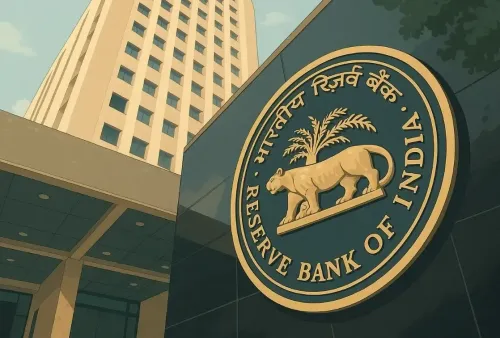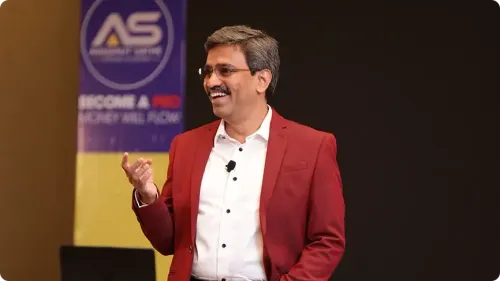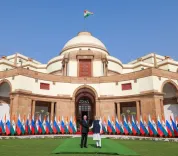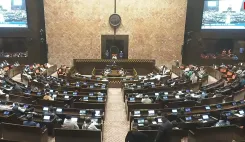How Are Leading Alliances Committing to Shape 6G for Global Public Good?

Synopsis
Key Takeaways
- 6G technology aims to be a global public good.
- Alliances emphasize trustworthy networks.
- Commitment to sustainability in design.
- Focus on multi-vendor interoperability.
- Importance of skills development for future generations.
New Delhi, Oct 11 (NationPress) Prominent research alliances have reiterated their shared commitment to design the future of 6G as a global public good during the International Bharat 6G Symposium, which took place in conjunction with the India Mobile Congress (IMC) 2025, according to an official announcement on Saturday.
Alliances such as Bharat 6G, 6G Smart Networks and Services Industry Association (6G-IA), ATIS’ Next G Alliance, XGMF, 6G Forum, 6G Brazil, UKI-FNI, UK TIN, UK Federated Telecoms Hubs (Cheddar, Hasc, Joiner & Titan), and 6G Flagship convened to discuss technological progress.
They collectively endorsed the guiding principles for 6G by design, ensuring that the next generation of connectivity will be trusted and secure, resilient and reliable, open and interoperable, inclusive and affordable, and sustainable and globally connected.
The declaration emphasizes the necessity for trustworthy-by-design networks. It pointed out the importance of trusted ecosystems, risk mitigation, and AI-native safeguards throughout the telecom lifecycle.
"Resilience engineering, fail-safe design, and privacy-preserving architectures will be crucial for ensuring continuous connectivity for billions of devices and users worldwide," the official statement noted.
Recognizing that 6G needs to be developed as a global public good, the declaration advocates for open, transparent, and inclusive standardization.
The joint statement encourages open interfaces, multi-vendor interoperability, and AI-enabled Network orchestration to stimulate innovation and affordability.
The declaration prioritizes sustainability at the core of 6G design, calling for energy-efficient, repairable, and recyclable systems to minimize carbon footprints while maintaining affordability and accessibility.
It envisions comprehensive global coverage through the integration of terrestrial and non-terrestrial networks, satellites, high-altitude platforms, and future space-based systems, aimed at delivering uninterrupted connectivity across land, sea, air, and space.
Acknowledging the necessity to equip the next generation for a swiftly evolving telecom landscape, the declaration stresses the importance of skills development and capacity building, the statement concluded.










